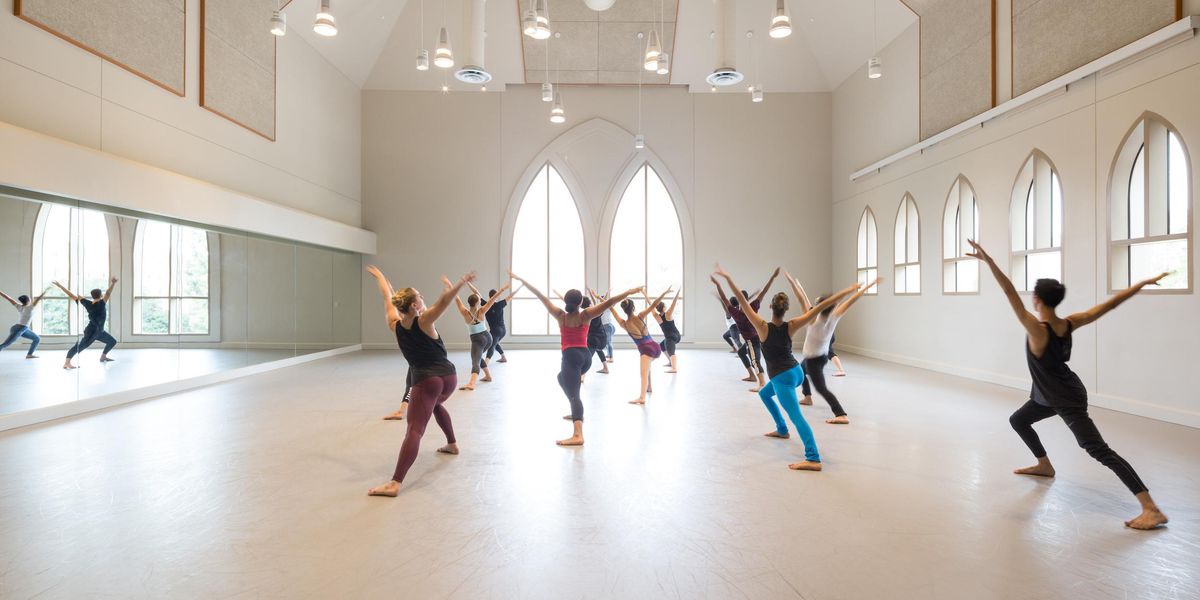The Revelation of Kim Brandstrup
Ballet companies in the U.S. sometimes get into a rut. If they can’t get a Wheeldon or a Ratmansky, what do they do? Sometimes they try to find a young dancer in their own company to make a piece. But there are other choreographers out there whom we in the States don’t always hear about.
I’ve been vaguely aware of the name Kim Brandstrup but had never seen his work. He studied film in Copenhagen and choreography in London. Now based in London, he has created ballets, operas and films non-stop in Europe since the 1980s. He’s worked with UK ballet stars like Carlos Acosta, Tamara Rojo and Edward Watson. We have New York City Ballet to thank for commissioning his first ballet made in America, which premiered October 8.
Sara Mearns in “Jeux,” photos by Paul Kolnik
And what a gem—a dark riddle of a gem. I can’t remember when I’ve seen a new one-act story ballet as intriguing as his Jeux. It loosely harks back to Nijinsky’s original 1913 Jeux in which a man follows the path of a tennis ball and meets a second woman. Brandstrup’s plot plays with this idea of jeux as both a sports game and a social game—a game that plays with a woman’s life and mind. That woman is Sara Mearns. She turns in a terrific performance as a partygoer who, when blind-folded, doesn’t know what’s happening to her….or does she?? The ballet is slightly sinister, noirish really, and makes you wonder what will happen next.
If you could imagine a Bergman film turned into a ballet, or a story ballet that does not have to choose between being literal and being musical, or a ballet that brings you inside the mind of a confused, lost young woman, Brandstrup’s Jeux would be it.
Kim Brandstrup rehearsing Sara Mearns and Adrian Danchig-Waring.
According to Roslyn Sulcas in The New York Times, Sara Mearns found the process of working with Brandstrup different but liberating. “We couldn’t really get it,” she said. “It was like, how big a jump would get you over here, or what kind of turn would work there? Then we realized, we are out of our comfort zone, but we are really free. He is directing us, but he will let us go where we want with the movement.”
I wish I could see the ballet again before telling you more about it, but not least among the beguiling things is the lighting, credited to Jean Kalman. As the story unfolds, we see a single light bulb, a solar eclipse and a lunar eclipse, each one relating to what is happening in the protagonist’s mind.
Kudos to NYCB for commissioning Jeux!
For more great content, don’t miss a single issue: dancemagazine.com/digital




